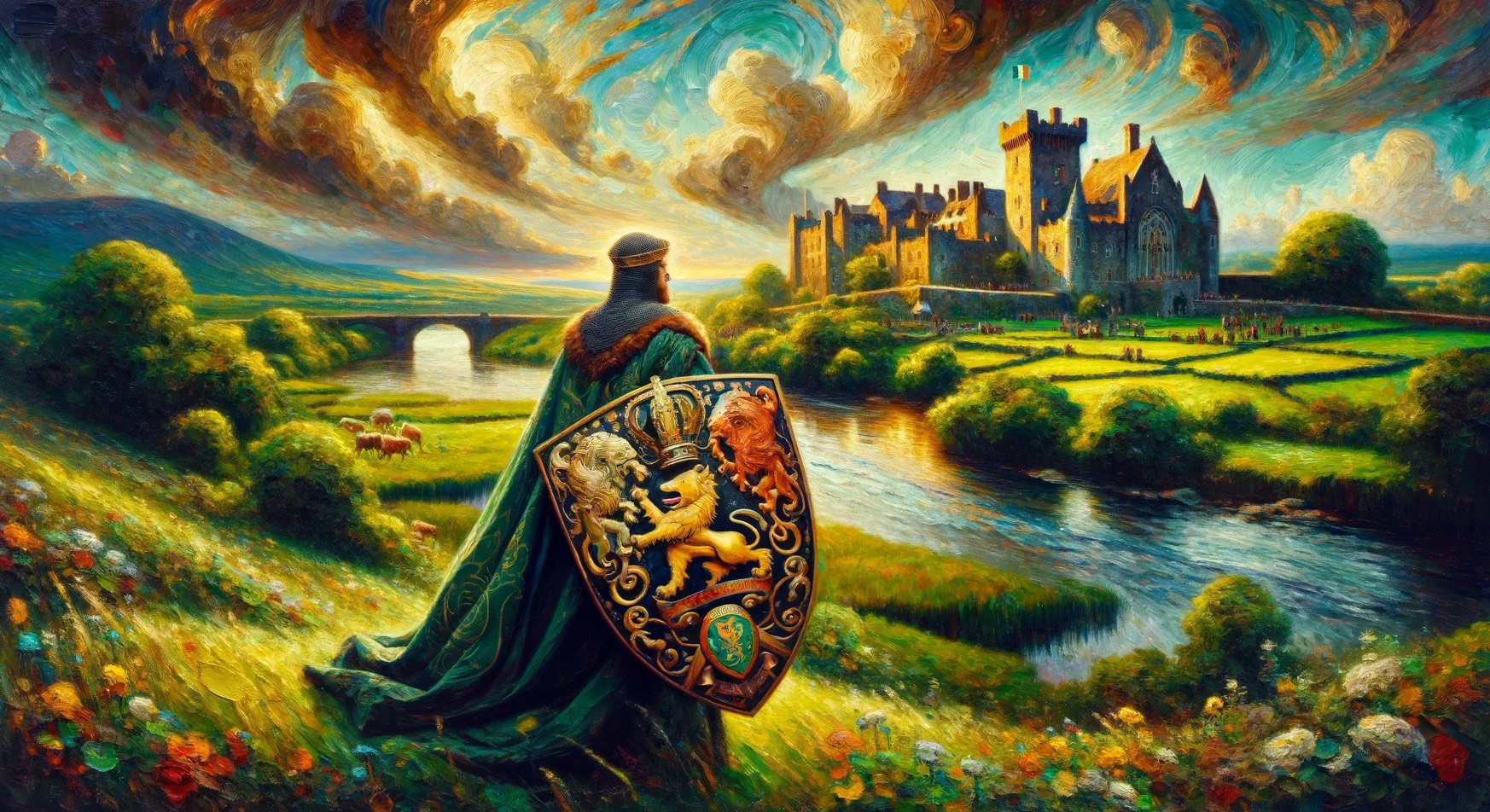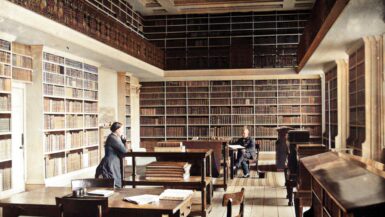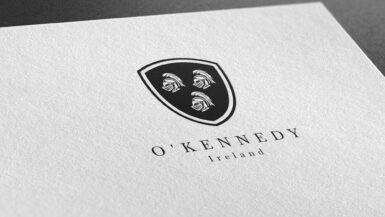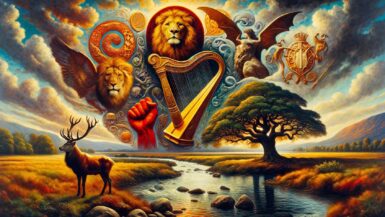Heraldry, the art and science of designing, displaying, and studying armorial bearings, plays a significant role in Irish history and culture. In Ireland, family crests and coats of arms are not just ornamental or symbolic artifacts; they are profound expressions of heritage, signifying family identity, social status, and ancestral lineage. This article delves into the fascinating world of Irish heraldry, tracing its origins, evolution, and contemporary significance.
Origins and Historical Development
The practice of heraldry in Ireland began with the arrival of the Normans in the 12th century, who introduced the fundamental aspects of European heraldic tradition. Initially, heraldry served a crucial military function. In the chaotic melee of medieval battles, distinctive symbols on shields and banners were essential for identifying allies and foes alike. Over time, these symbols transcended their battlefield utility to become enduring symbols of family lineage and honor.
Norman heraldry in Ireland was characterized by straightforward and recognizable designs, known as ‘ordinaries,’ crafted for easy identification. As heraldic practices evolved, they became intertwined with the social fabric of Norman and later Anglo-Irish societies, reflecting not just military affiliations but also alliances, marital connections, and property rights.
Gaelic Influence and Distinction
Distinct from its Norman and Anglo-Irish counterparts, Gaelic Irish heraldry developed its own unique characteristics from the 15th century onwards. Unlike the military-centric heraldry of the Normans, Gaelic heraldry was deeply rooted in the socio-legal structure of clan-based society. Symbols used in Gaelic coats of arms often drew from ancient mythology and were designed to reinforce the unity and identity of clan members.
One of the most iconic symbols in Gaelic Irish heraldry is the Red Hand of Ulster, symbolizing the ruling dynasty in the province of Ulster and reflecting mythical origins linked to the Celtic sun-god. Similarly, the use of stags in the arms of Munster families like the MacCarthy and O’Sullivan clans ties back to regional kingship myths, emphasizing the historical and cultural depth of these emblems.
Heraldic Authorities and Legal Framework
The regulation of heraldry in Ireland was historically managed by the Office of the Ulster King of Arms, established in 1552. This office was responsible for the recognition and recording of coats of arms and adjudicating disputes over armorial bearings. In 1943, the functions of this office were transferred to the newly established Office of the Chief Herald of Ireland, which continues to grant and confirm arms under the authority of the Irish state.
Today, the Genealogical Office, under which the Office of the Chief Herald operates, is a vital institution in preserving and documenting the heraldic heritage of Ireland. It ensures that heraldic practices are maintained with historical accuracy and respect for tradition, while adapting to contemporary needs and contexts.
Heraldry Today: Cultural and Symbolic Relevance
In contemporary Ireland, heraldry remains a vibrant and cherished part of cultural heritage. Coats of arms grace everything from public buildings and corporate logos to personal items and family memorabilia, serving as a connection to Ireland’s historical past and a celebration of familial pride.
The State Heraldic Museum in Dublin, prior to its closure, showcaseds the diversity of Irish heraldry through various mediums including heraldic banners, signet rings, and even postage stamps, demonstrating the enduring relevance of these symbols in modern society.
Conclusion
Irish heraldry, with its rich blend of history, mythology, and law, offers a unique window into the cultural and social dynamics of Ireland through the ages. Family crests and coats of arms are not merely decorative; they are emblematic of deep-rooted familial connections and a complex tapestry of social relations that have shaped the nation’s history. As heraldry continues to evolve, it remains a powerful tool for honoring heritage and celebrating the enduring spirit of the Irish people.






Leave a reply